The Sensory Garden

Gardens are often planned around how they look. And by that, I mean the design considers only 1 of our 5 senses: Sight.
We have other senses too: Sound, Smell, Touch and Taste, which can also be considered for a garden design.
When a garden is designed to stimulate more than just the sense of sight, it is called a Sensory Garden.
Who benefits from Sensory Gardens?
I first heard about sensory gardens when I was a curious child. We lived near a town that had a sign showing the direction to a "Garden For the Blind". I couldn't understand how a garden would be enjoyed by a blind person, and my parents explained that it was full of plants with strong scents and arranged so that blind visitors could touch and smell the plants on display. This garden was later renamed "the Sensory Garden", in a reflection that modern views of such gardens are more than just for the visually impaired.
We now realise that sensory gardens can provide therapeutic benefits to not just the blind or other sensory-impaired people, but also to dementia sufferers and people with autism. In many ways, everyone benefits from the experience of a sensory garden.
Even if you are not specifically designing a sensory garden, you will do well to incorporate sensory garden design considerations to create a richer experience for visitors of any type of garden.
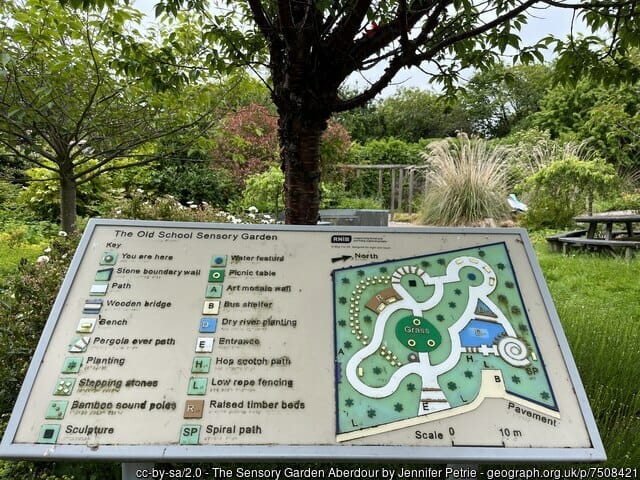
Sensory Gardens and Dementia
Sensory gardens are of great benefit to sufferers of dementia and Alzheimer's disease. Anxiety and stress levels can be heightened when cognitive health is poor, and sensory gardens can provide a calming space that can also provide for interaction, socialization, and exercise. While it is true that Natural spaces provide therapeutic benefits for everyone, there is an increased benefit for dementia sufferers as they provide refuge from an increasingly chaotic and confusing world.
Reminiscence Therapy
Triggering memories is an important part of dementia care. This is known as Reminiscence Therapy, where the recollection of memories from the past can help people with dementia remember things more clearly. Stimulating our senses of smell, taste, touch and sound can trigger memories in different ways than visual prompts. For this reason, a sensory garden designed for dementia patients is sometimes called a "memory garden".
The sense of smell is a potent memory trigger as it is directly linked to the limbic system of the brain that processes emotions. Since many fragrances are found in plants, sensory gardens can provide a variety of olfactory stimuli.
Limit confusion
When planning a sensory garden for use by people with dementia, navigation is a key consideration. Dementia patients often get confused and disoriented, so the layout should be easy to navigate and lead visitors around the space. A simple returning path such as a closed loop layout can allow people to wander without fear of getting lost.
Sensory Gardens and Autism
Sensory gardens have been found to offer numerous benefits for autistic children:
- Sensory Stimulation: These gardens provide various textures, colours, scents, and sounds, stimulating sensory experiences, which can be calming and enjoyable for children with autism.
- Calming Environment: The natural setting of a sensory garden can create a tranquil atmosphere, helping to reduce anxiety and stress for autistic children, who might be sensitive to over-stimulation in other environments.
- Improved Focus: Engaging with different sensory elements can enhance attention and focus. For instance, feeling different textures or listening to calming sounds can help redirect attention and improve concentration.
- Enhanced Communication and Social Skills: Some sensory gardens are designed for group activities, encouraging interaction and communication among children. Collaborative gardening tasks can also foster teamwork and social skills.
- Therapeutic Effects: Interacting with nature has therapeutic benefits. It can help with self-regulation, relaxation, and emotional well-being, aiding in emotional expression and regulation for autistic children.
- Sensory Integration: For children with sensory processing issues, exposure to various sensory inputs in a controlled environment like a sensory garden can aid in sensory integration, helping them become more comfortable with different sensations.
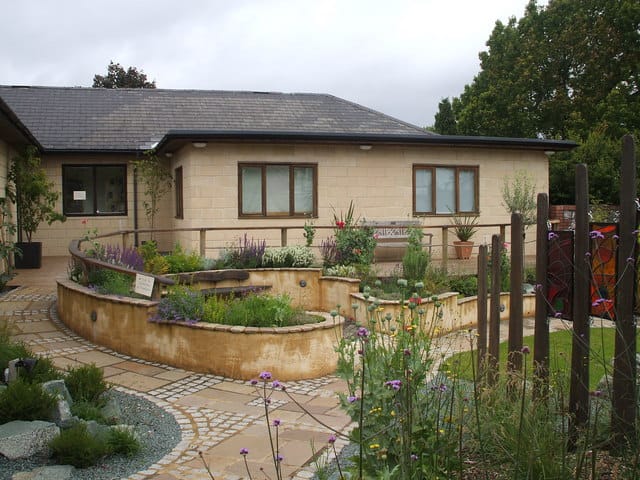
Designing a Sensory Garden
To properly design a sensory garden, one must consider how to stimulate all five senses within the garden.
Sight
Visual stimuli are the easiest to create in a garden. Using combinations of plantings to create combinations of energizing and soft colours can create a sight that is sure to engage the eyes of visitors. Our posts on Colour Theory can help you understand how to use colours to great effect in the garden.
In addition to the visual patterns created by plants, you can add visual stimuli by encouraging wildlife into the garden. Try planting native shrubs that are attractive to birds, and place plants that attract butterflies and other insects close to the pathway.
Interesting arrangements of rocks, pathways and water features can also be used to provide visual stimulation. Japanese-style zen gardens can provide a wealth of inspiration for this.
Sound
Sound can be naturally created in gardens in many ways. Encouraging birds in the outdoor space will create some sounds, especially if you get them excited with bird feeders and bird baths. Water features with continuous water flow such as fountains can be used to create calming white noise. Wind chimes hanging from trees are another source of aural stimuli.
Plant material can also be used for sounds. Drifts of bunch grasses can create sounds in the wind, as can trees with large broad leaves.
Consider also the ground surfaces. Gravel pathways provide a crunching sound as you walk on them. Leaves and/or pine cones can be used to similar effect and also an educational element on seasonal changes. The texture felt on pathways can also add to the tactile experience to stimulate the sense of touch.
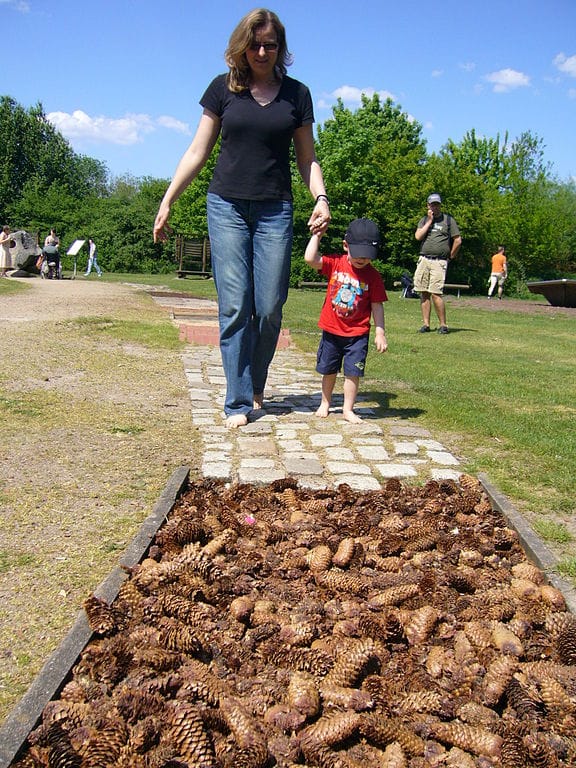
Touch
In addition to the tactile walkways mentioned above, plants can offer an array of textures to provide sensory information and provide visitors with an education on how to identify plants by touch. Plants like Lambs Ear (Stachys byzantina), Celosia, and Sages all have intriguing textures. Some trees have a bark that is interesting to touch such as the Melaleuca species which have a very soft feel. Succulents like the Jade Plant (Crassula ovata) can also provide an interesting tactile stimulus.

Pay attention to plants that can cause allergic reactions. While it is not common to use the very irritating plants like Poison Oak or Stinging Nettles in a garden, there are some common garden plants that cause mild skin irritation but can be very toxic to people with sensitive skin. Lantana, Echiums, Phacelias and Euphorbias (latex sap) should be avoided for this reason, amongst others.
Some plants do not have particularly interesting textures but require touch to experience their scent. For example, Catalina Cherry (Prunus ilicifolia) leaves produce an almond scent when crushed between your fingers. Similarly, the oils from Rosemary, Salvia or Lepechinia plants will rub off on your hand to allow you to smell their fragrance long after you pass them by.
The use of different ground materials can also provoke memories when touched by feet. For example, one dementia garden in Australia has sand for resting feet under a bench, while another bench has pebbles. For one visitor, the sand provoked fond memories of days at the beach, and the pebbles reminded him of growing up in Scotland (a less fond memory).
Smell
Smell is the strongest human sense and triggers emotions in a different way than other senses. Unlike sound and vision, smell is not something we can easily recall by memory, but certain smells can provide strong triggers for memories. When planning for a dementia garden, smell is the most important sense to design for.
There are many plants that are naturally fragrant. Any plant in the Salvia genus or the larger group of plants commonly called sages will provide pleasant aromas that will often radiate from afar. Other fragrant garden plants include Society Garlic (Tulbaghia violacea), Lavender Cotton (Santolina spp.), Lavender and Roses. Be careful with roses though, as the thorns may create a hazard for visually impaired visitors.
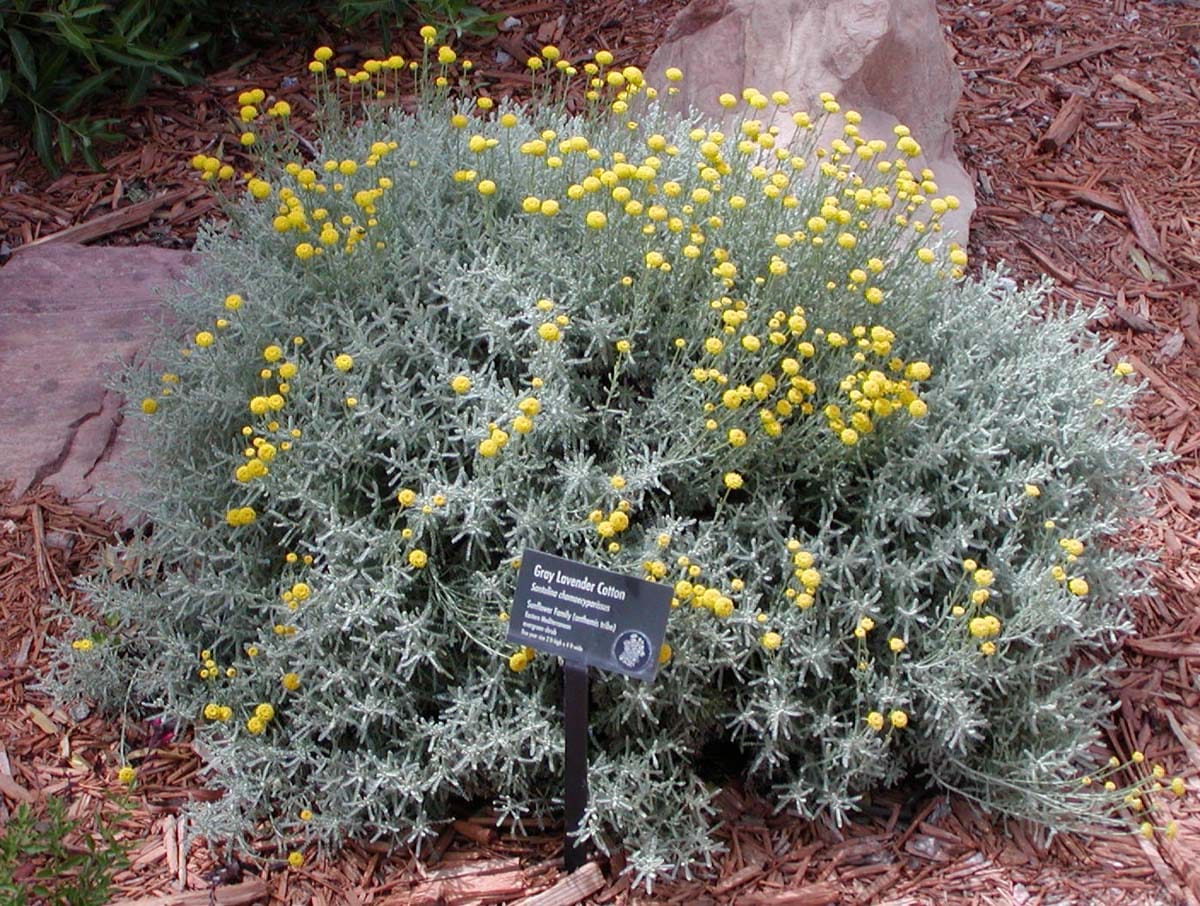
Smells can also be created in the garden by other means than plants. Compost and cedar mulches can be very fragrant. Animals that are kept in the garden like Chickens or Rabbits can also contribute to the olfactory stimuli.
When planning fragrances for a sensory garden, you should try to space things apart to not create an overwhelming mix of odours, where some might overpower others.
Taste
Through the use of edimental plants (Ornamental plants with Edible qualities), we can also incorporate stimuli for the sense of taste. Allowing visitors to taste plants in your garden is fun and instructive. Common garden herbs can be used to provide stimuli for taste as well as smell and touch.
To make the garden more accessible, the area for taste should be confined to a small area where all the plants contained are edible. When encouraging visitors to stimulate their sense of taste, you should avoid using herbicides in the garden and make sure they were not chemically treated by your supplier.
Accessibility for Sensory Garden Design
Sensory gardens are often designed for people with physical impairments or the elderly. This necessitates paying attention to accessible design when designing a sensory garden. The design should allow for wheelchair access with wide pathways and no steps. Railings can provide some support for those not steady on their feet and guide the visually impaired around the space. The use of raised planter beds can elevate plant material close to head height so that visitors do not need to bend over to access them.
Even if you are not planning on creating a sensory garden, I feel that learning about them is important for any garden designer. Understanding how garden design affects the senses other than vision can help you create rich experiences for your garden's visitors. There are many sensory gardens around the world, search on the web to find one near you so that you can visit and learn more.



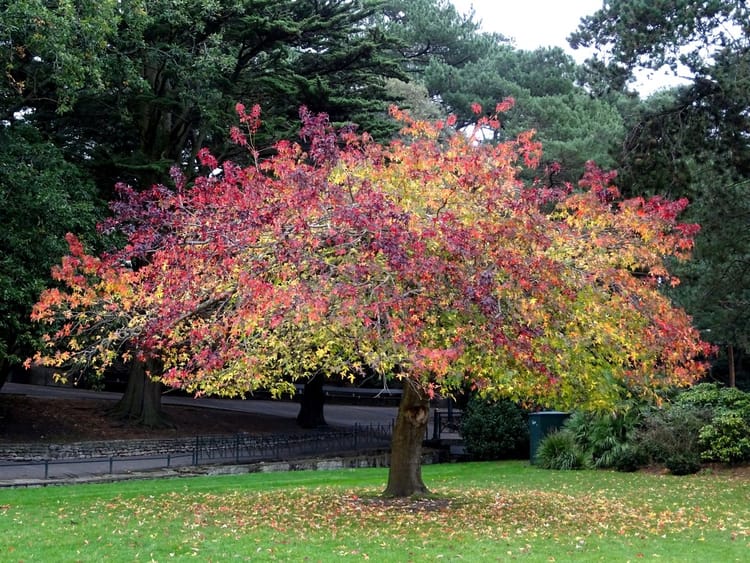
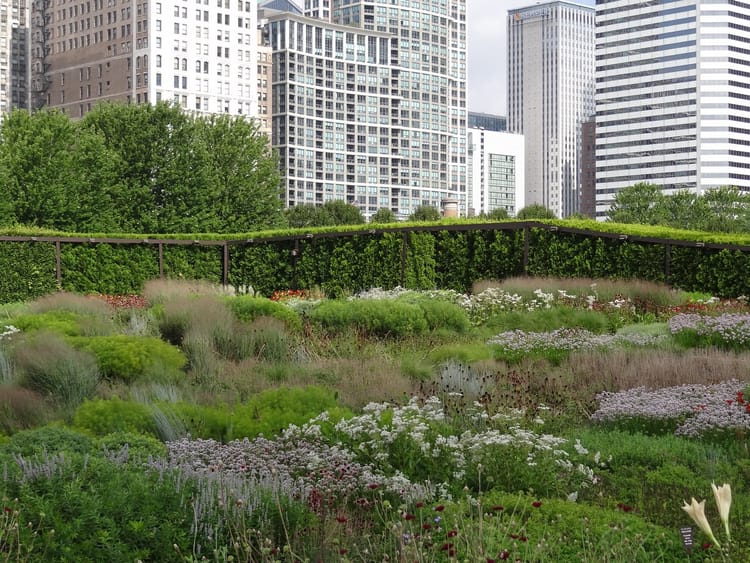
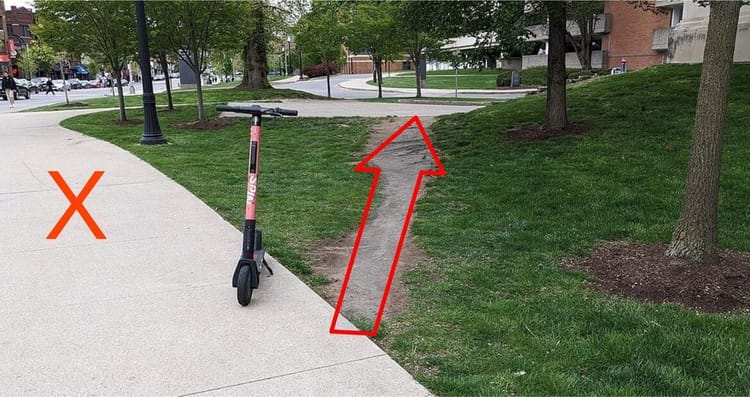
Comments ()